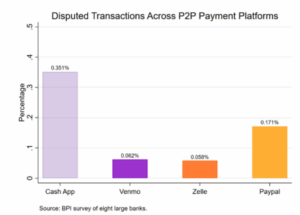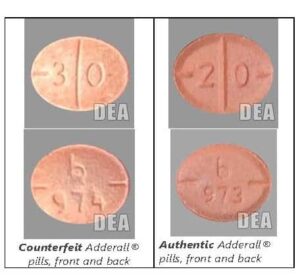We just wrapped up our fourth annual Food Fraud Prevention Certificate Workshop at the 30th Food Safety Summit, where participants actively completed their own food fraud vulnerability assessments. If they can do it in one day, you can too. Start your Version 1 today and keep improving.
LINK TO TRAINING: Food Fraud Vulnerability Assessment (FFVA) and Food Fraud Initial Screening (FFIS) Course: https://foodfraudpreventionthinktank.com/courses/food-fraud-prevention-vaccp-implementation-mooc-ffpv/
Our pre-conference workshop has become a staple at the Summit, drawing food safety professionals who extend their travel to arrive a day early for this in-person, all-day event. It’s a live delivery of our “Food Fraud Prevention Overview MOOC” and “Vulnerability Assessment and Critical Control Point (VACCP) MOOC.” These two courses lay the foundation for developing, implementing, and refining food fraud prevention strategies. Participants who complete the workshop also earn certificates for both MOOCs.
What made this year unique was our introduction of interactive handouts – a concept Roy and I have incorporated into our undergraduate teaching. These tools encouraged active learning, turning what is typically a lecture-style format into a real-time development session. Instead of just absorbing the concepts, participants were applying them on the spot, resulting in a deeper understanding and more immediate value.
Initially, our plan was to introduce the Food Fraud Vulnerability Assessment, just as we do in the online VACCP MOOC. However, the lively classroom engagement changed the trajectory of the day. Students didn’t just want to learn—they wanted to do. So, we pivoted to help each team conduct their own Food Fraud Initial Screening (FFIS). Because they had already immersed themselves in the workshop content through the interactive handouts, the assessments were swift, confident, and well-informed. A representative example of the output is in the Figure below.

Throughout the workshop, we emphasized the distinction between vulnerability and risk, reinforcing the idea that it’s okay to begin with expert insight-based Version 1, knowing that improvements will follow in Version 2. This mindset shift—moving from perfection to progress—enabled attendee to complete their assessments with clarity and confidence.
And the learning didn’t stop when the day ended.
Over the course of the Summit week, several teams shared stories of how they continued refining their assessments. One team told us they sat down at dinner, opened their laptop, and added their findings directly to their corporate risk map. That kind of momentum—turning classroom learning into immediate organizational action—is what makes these workshops so fulfilling.
Sure, our idea of “fun” might be a little niche (who else gets excited about corporate risk maps at dinner?), but it’s truly rewarding to see students break through what once seemed like an insurmountable challenge. They didn’t just learn about food fraud prevention—they practiced it, applied it, and succeeded in making meaningful progress before the week was even out.
Key Takeaways
- Active learning handouts transformed the workshop from passive learning to full execution of the Food Fraud Initial Screening rather than just an overview.
- Students embraced the “Version 1 to Version 2” mindset, completing real assessments with expert-based insight.
- Real-time application during and after the session demonstrated how effective education can directly impact corporate action.
Stay tuned for our next post, where we’ll reflect on the bigger picture: insights into the current state of food fraud prevention.



